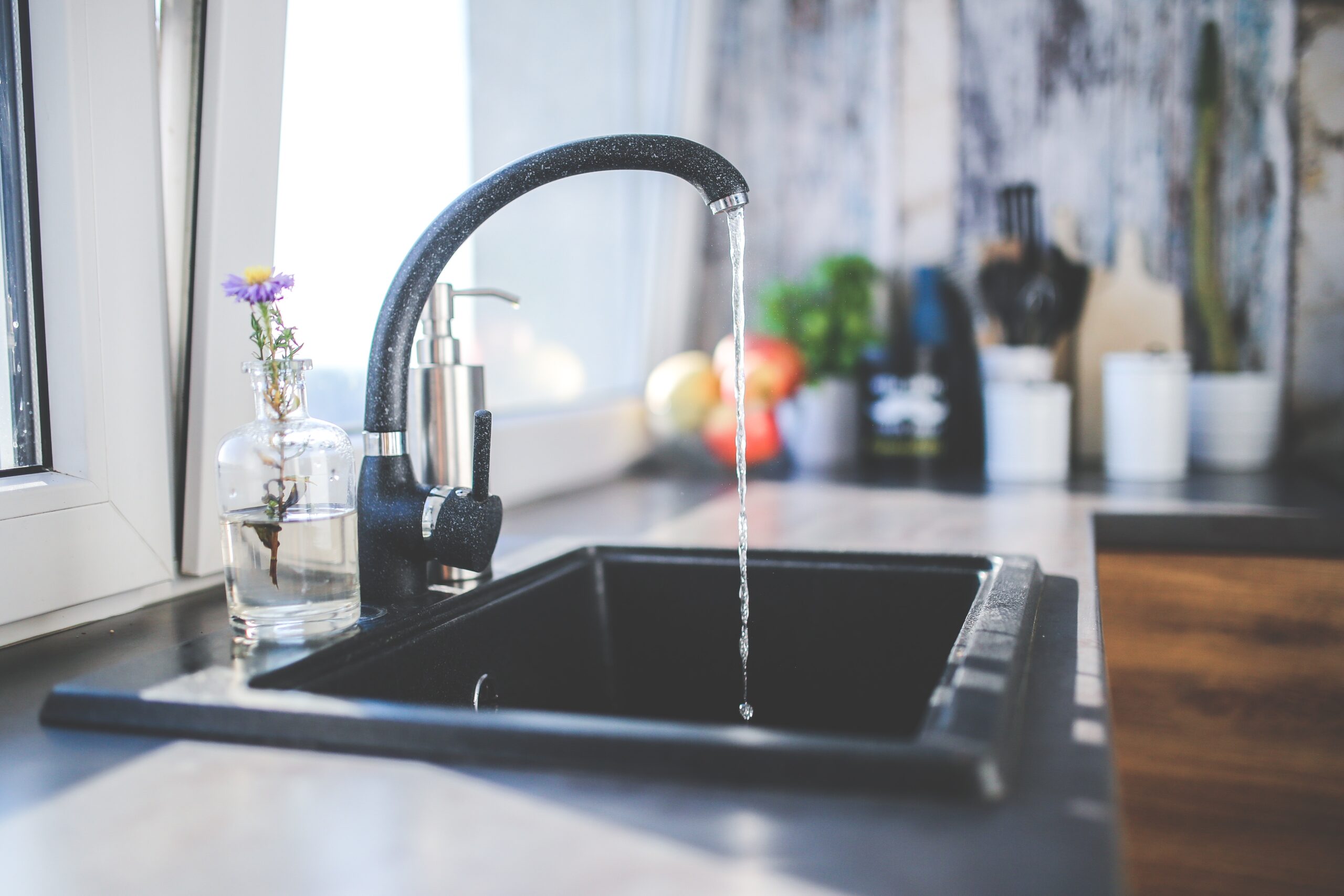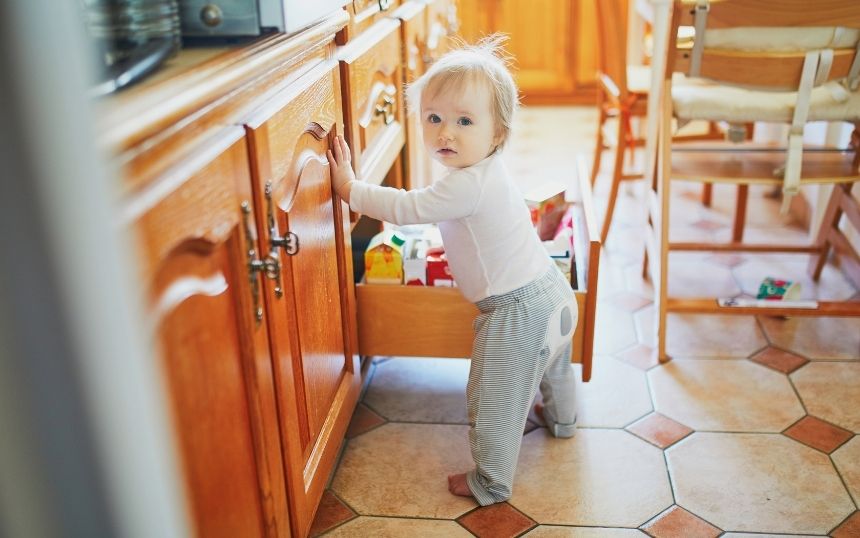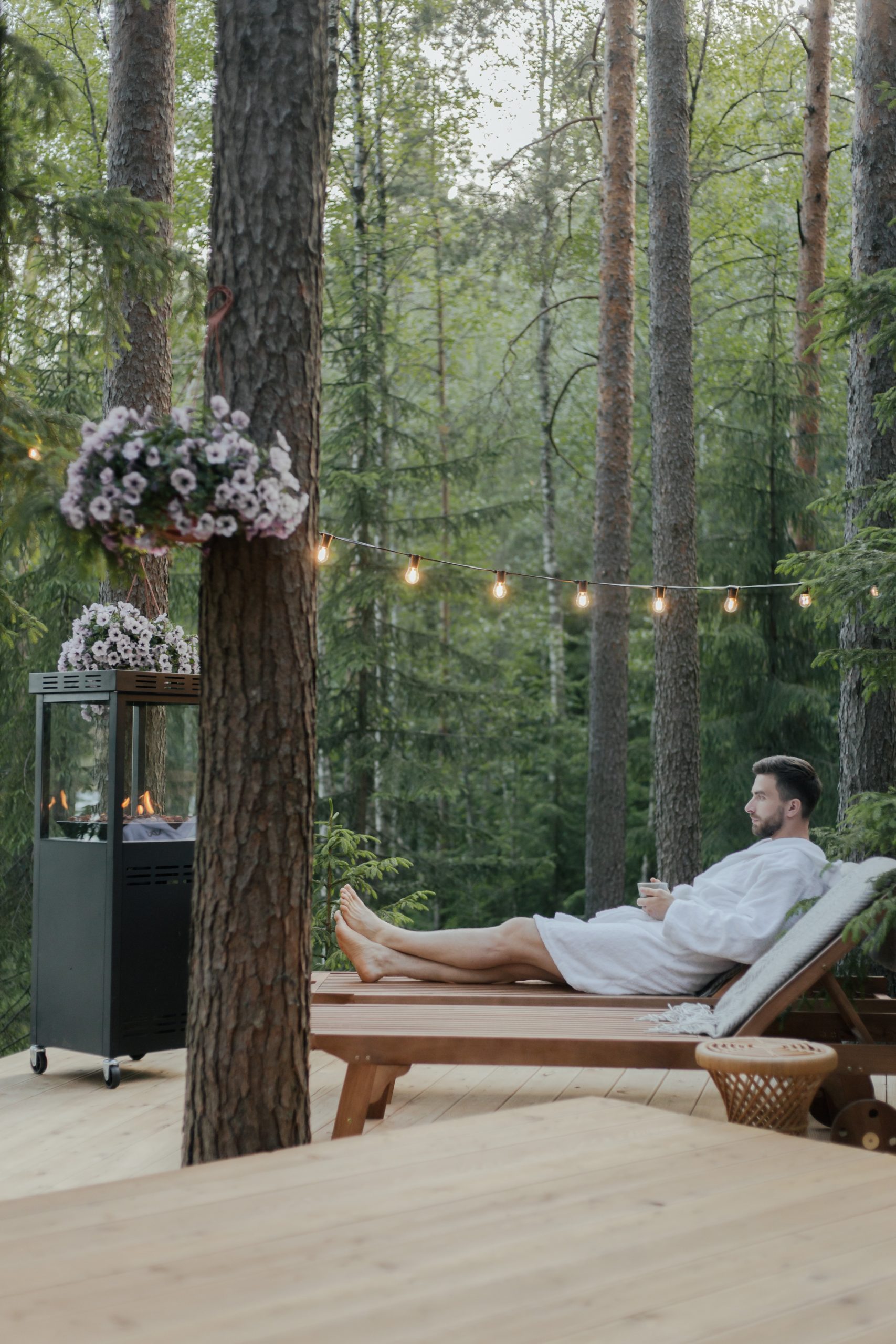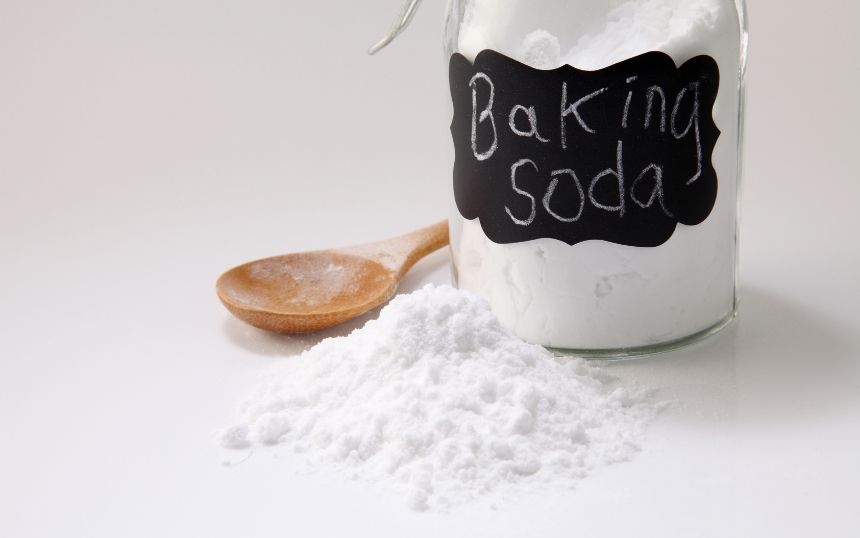Tips for Closing Down Your Home Pool in the Fall

Though we may be sad that summer is over, the new season is sure to be full of cozy movie nights, bonfires, and holiday events. There are tons of fun things about the fall, but pool maintenance isn’t necessarily one of them. If you have a pool in your backyard, you’ll need to know how to get it ready for its winter hibernation. Here are some tips for closing down your home pool in the fall.
Time It Out
Although fall is technically here, we may still be getting warmer weather until the end of October, possibly mid-November, depending on where you live.
If you’re not ready to give up your swimming days for the season just yet, make sure to check the weather consistently for your area at least a week ahead of time. That will give you plenty of time to clean, prepare, and close your pool for the fall.
The general rule of thumb is to close the pool when the weather reaches below 65 degrees. If you’re swimming in the pool in temps lower than that, you may be a polar bear.
Thoroughly Inspect and Clean
First, vacuum the bottom of the pool to remove dirt and debris. Although you should be completing this step at least every few days anyway, it’s imperative when closing your pool.
You will also need to brush the bottom of the pool to shake loose any dirt and debris. Make sure to brush the pool walls as well.
Next, balance your pool chemistry to ensure the pH, alkalinity, and calcium levels are where they should be.
Inspect your pool of any damage to determine if your swimming pool requires repair. If your pool needs repairs, be sure to seek professional help before you close your pool. You wouldn’t want to end up with more damage while the pool sits over the winter.
One of the last steps is to shock your pool. Try to do this on the day that you’re closing it. Shocking the pool will ensure that you’re removing all bacteria, additional chlorine, and chloramines from the water. Otherwise, you may impact the winter chemicals and disrupt their effectiveness.
Next, add the chemicals you’ll need to keep your water from growing algae, bacteria, and other little critters you may not want lurking in your water.
Cover It
Finally, it’s time to cover the pool. You may need a second person to help you with this, depending on your pool’s size. The cover will keep debris from falling into the pool and keep your family safe from the icy water.
By following the above tips for closing down your home pool in the fall, you’ll ensure that your pool will be clean and ready to go when the warmer weather comes back around. And your pool will be happy to see you!





